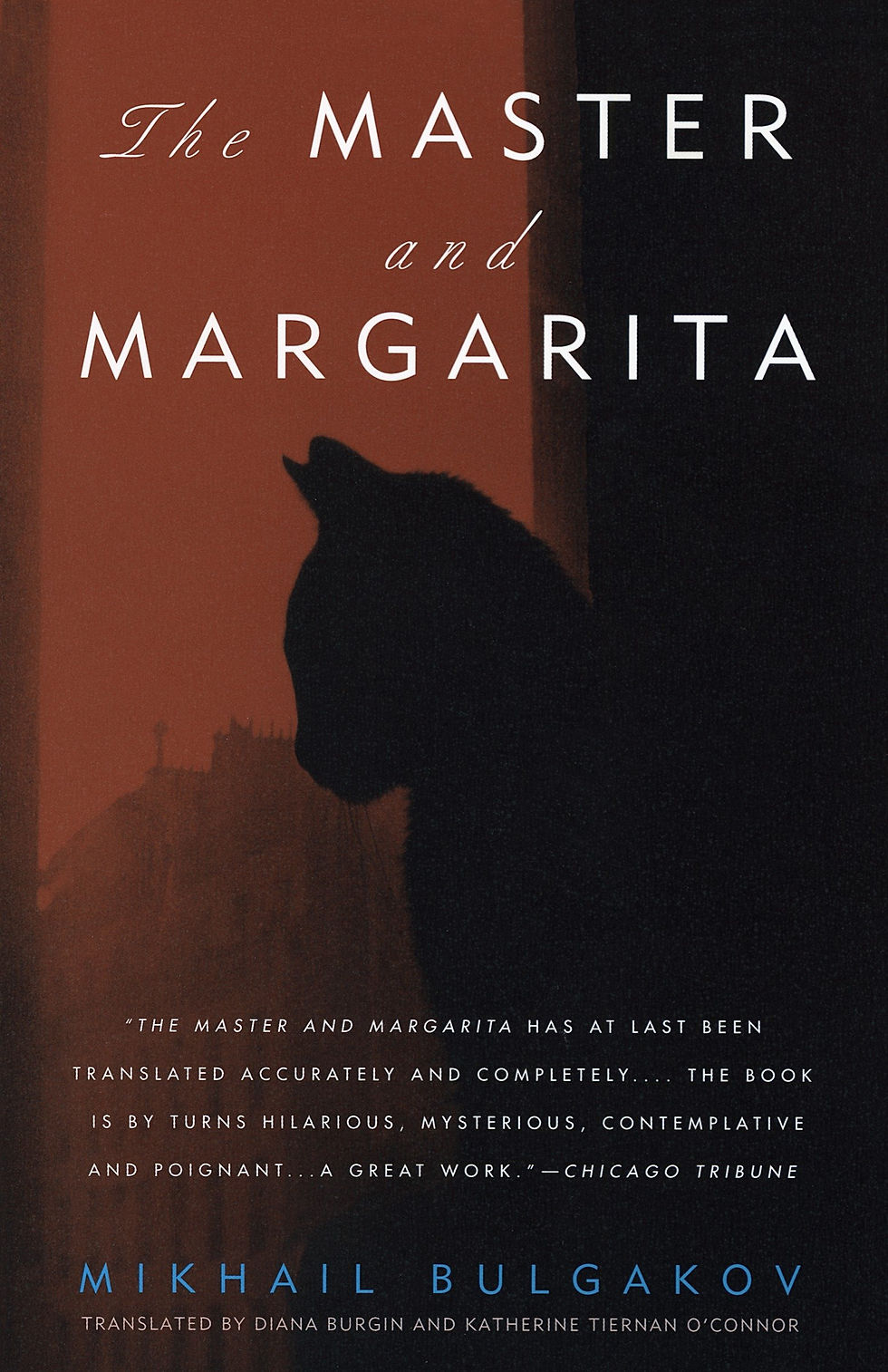
"The Master and Margarita" is a novel by Mikhail Afanasyevich Bulgakov, work on which began in December 1928 and continued until the writer's death. The novel belongs to unfinished works; editing and putting together the draft notes was carried out after the death of her husband, the writer's widow, Elena Sergeevna. The first version of the novel, which had the names "Engineer's Hoof", "Black Magician" and others, was destroyed by Bulgakov in 1930. In subsequent editions, the author of the novel about Pontius Pilate and his beloved appeared among the heroes of the work. The final name - "The Master and Margarita" - took shape in 1937.
“I wouldn’t like to meet you when you’ve got a revolver,” said Margarita with a coquettish look at Azazello. She had a passion for people who did things well." ― Mikhail Bulgakov, The Master and Margarita
The question of when exactly the writer started work on the "last sunset novel" remains open in Bulgakov studies: according to some sources, Mikhail Afanasyevich began to make rough sketches in 1928, according to others - in 1929. In the first version, which consisted of 160 handwritten pages, the Master and Margarita were absent, but the action, as in the final version, began “at sunset on the Patriarch's Ponds”, where two characters were walking, talking, Berlioz (who was initially called Vladimir Mironovich) and Homeless (in the early version he had the name Anton). The writer was looking for a variety of titles: among the titles appeared "Engineer's Hoof", "Tour (Woland)", "Juggler with a Hoof" and others.
In the spring of 1930 Bulgakov burned the first edition of the novel; the reason that prompted him to take this step was a document received from the General Repertoire Committee, which stated that Mikhail Afanasyevich's new play - "The Cabal of the Saints" - "is not allowed to be presented." In a letter to the Soviet government, sent ten days after the destruction of the manuscript, Mikhail Afanasyevich mentioned, in particular, that "personally, with his own hands, he threw into the stove a draft of a novel about the devil." The event itself, according to Bulgakov's scholars, is most accurately described in the chapter "The Appearance of a Hero", when the Master "took out heavy lists of the novel and draft notebooks from a drawer and began to burn them." A small part of the destroyed work (two notebooks with torn pages, as well as a few handwritten sheets from the third notebook) survived. In 1932, the writer returned to his unrealized idea, but the second version was also seriously different from the final one.
Thorough work on the work began two years later; evidence of how important it was for Bulgakov is the author's remark, found on one of the sheets: "Help, Lord, write a novel." Now, among the characters there appeared "tragic heroes - Margarita and her companion", who was at first called the Poet, then was called Faust and, finally, reincarnated as the Master. Bulgakov spoke about his enthusiasm for the plot in a letter to Vikenty Veresaev: “Already in Leningrad and now here, suffocating in my little rooms, I began to smudge page after page of my newly destroyed novel three years ago. What for? Do not know. I am amuse myself! Let it fall into oblivion! " The final name - "The Master and Margarita" - was fixed, judging by the diaries of Elena Sergeevna Bulgakova, in 1937. Elena Sergeevna's sister Olga Bokshanskaya provided assistance in preparing the typewritten text. She was so responsible about the typing of drafts that, according to Bulgakov, she smiled only once during her work - when she got to the chapter telling about the "choir fever" that gripped the staff of the entertainment commission and the song "Glorious Sea - Sacred Baikal" they performed.
In the winter of 1940, Mikhail Afanasyevich's health deteriorated sharply. The writer never got out of bed, but continued to work; in those days his wife noted in her diary: "Misha, as much as he has enough strength, the novel rules, I am rewriting." Among the episodes included in the plot in recent weeks are the transfer of Styopa Likhodeev to Yalta and the arrival of the barman Sokov to the specialist in liver diseases, Professor Kuzmin. As the literary critic Vladimir Lakshin noted, the scene with Kuzmin was a response to real events: in the fall of 1939, one of the doctors, assessing the state of health of the writer, noted that Bulgakov, as a doctor, should know that his departure “is a matter of several days”. After some time, this diagnostician himself became seriously ill: "In the episode with Kuzmin, Bulgakov paid off with the professor's complacency."
According to Elena Sergeevna's recollections, at the end of the winter of 1940, Mikhail Afanasyevich almost lost the ability to dictate, but he still tried to edit the manuscript. According to researchers, the last copyright revision was made on February 13 to the chapter about Margarita observing the funeral of Berlioz, and sounded like a premonition: "So this is, therefore, the writers are following the coffin?"
Comments